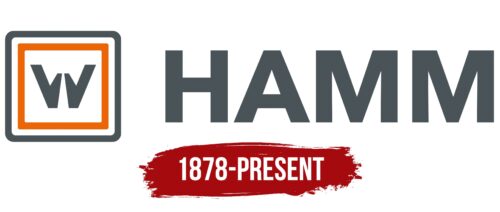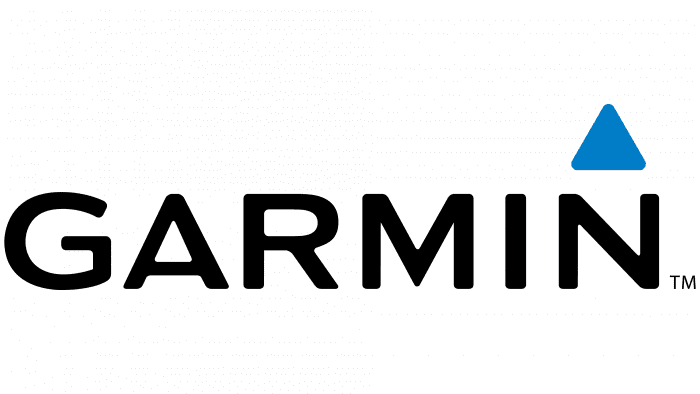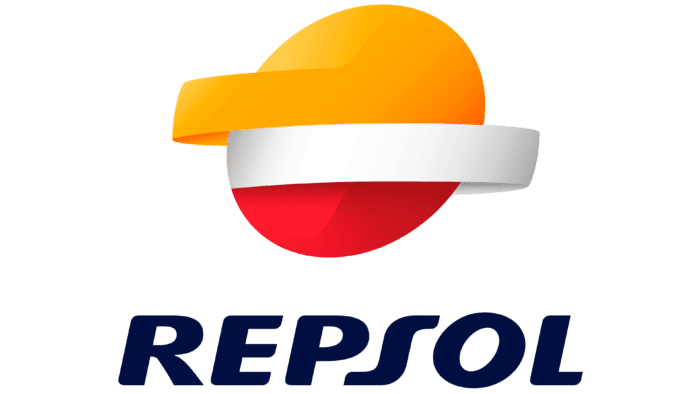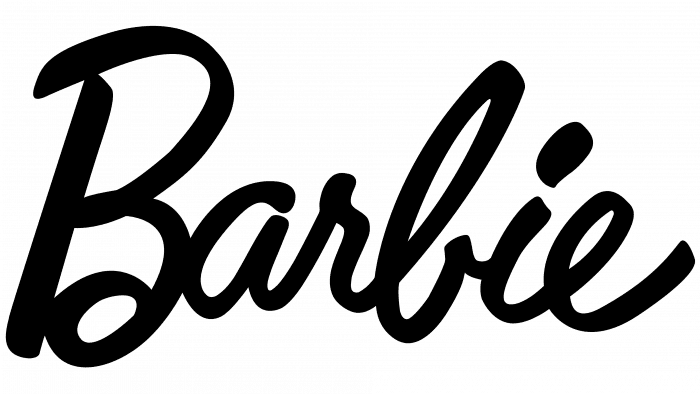Hamm: Brand overview
The German company Hamm specializes in the production of rollers and vibratory plates for the construction industry. Its journey began in 1878 when Ludwig Hamm founded the company as a blacksmith shop. Only later, in the middle of the 20th century, namely in 1950, did Hamm move into the production of rollers.
Over the years, Hamm has made a significant contribution to the development of construction machinery. It pioneered tandem rollers, pneumatic tire rollers, and oscillating rollers, establishing its reputation as a pioneer. In 1997, the company became part of the Wirtgen Group, a renowned road construction machinery company.
The Hamm product line is extensive and includes more than 20 different models of compaction rollers. Both compact 1-ton mini-rollers and powerful 25-ton tandem rollers are available. In addition, the company produces light and heavy vibratory plates for soil compaction tasks.
The range of applications for Hamm products is very wide and includes such tasks as asphalt paving, foundation preparation, and excavation. The company operates worldwide and exports its equipment to key markets in Europe, North America, and Asia.
The company employs approximately 250 people worldwide and is headquartered and has its main manufacturing base in Tirschenreuth, Germany. The company is recognized as a leading brand in the soil compaction equipment sector, ranking alongside brands such as Caterpillar, Volvo, and Bomag.
Meaning and History
What is Hamm?
Founded in 1878 by the Hamm brothers, Anton and Franz, Hamm AG has been making pioneering contributions to road construction for over 140 years. Originally a modest armory, the company soon entered the agricultural machinery market and, in 1911, produced the world’s first steam-powered road roller, setting new standards in the industry. Today, Hamm AG is recognized worldwide for its constant innovation and commitment to quality road construction equipment.
1878 – today
When Hamm became part of the Wirtgen Group, a stylized letter “W” was added to its logo. The letter consists of two gray “ticks” pointing upwards and is placed inside a white square framed by three stripes of orange, white, and gray. The brand name is written in a strict bold font, very similar to the Futura Pro Bold. Visually, the heavy letters match the concept of the road roller manufacturer.
The gray flags look like they are ready to bounce, similar to the way a road roller levels the ground, making it perfect for driving. The orange stripe is reminiscent of a construction zone where these road rollers can be seen. The bold letters are as tough and unyielding as the machines themselves and give the impression that they are built to last.
Hamm color codes
| Marengo | Hex color: | #495358 |
|---|---|---|
| RGB: | 73 83 88 | |
| CMYK: | 17 6 0 65 | |
| Pantone: | PMS 7540 C |
| Spanish Orange | Hex color: | #ec6608 |
|---|---|---|
| RGB: | 236 102 8 | |
| CMYK: | 0 57 97 7 | |
| Pantone: | PMS Bright Orange C |





